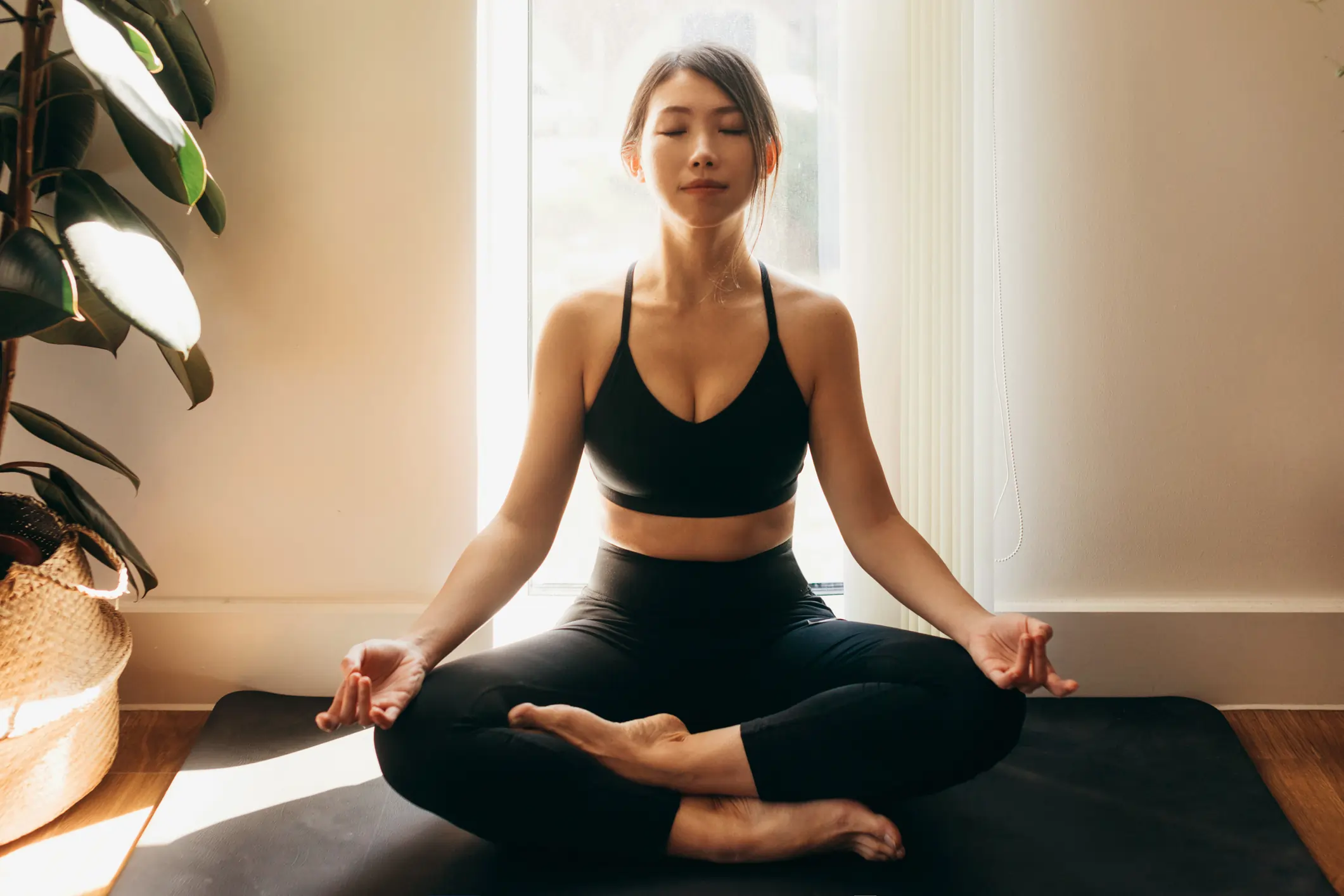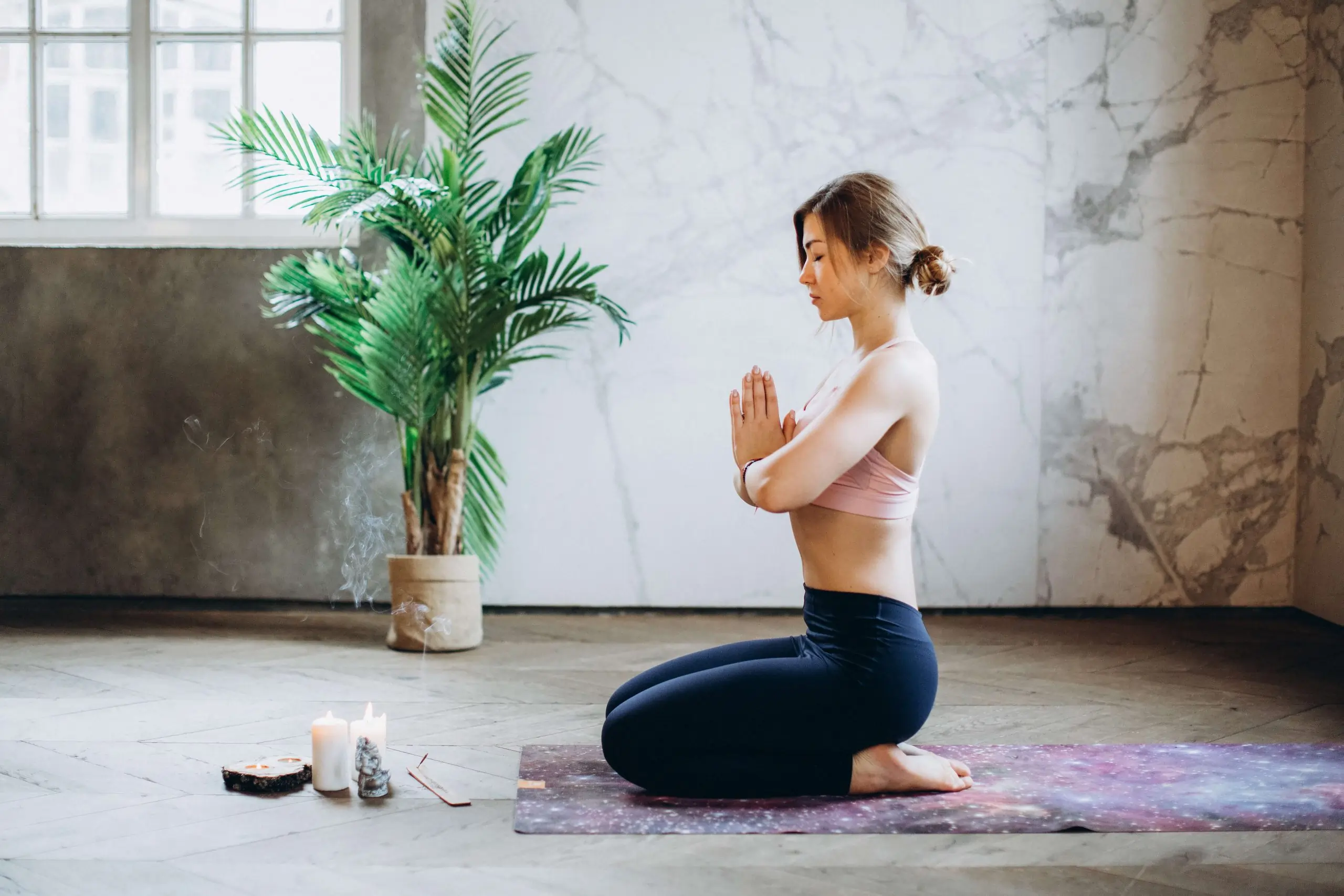
Learning the principles of Adaji Brahm how to meditate can be a powerful way to unlock mental clarity and deep relaxation. Meditation is not just about calming the mind; it’s a practice that helps you focus, breathe, and release stress effectively. Whether you’re new to meditation or looking to deepen your practice, following the right techniques can lead to a more balanced and mindful life. By incorporating simple yet effective methods, you can create a routine that fits seamlessly into your daily schedule. Let’s dive into the content to learn more.
Adaji Brahm How to Meditate: A Step-by-Step Guide to Inner Peace
Guided meditation with Adaji Brahm is an excellent way to develop a sense of calm and clarity in everyday life, fostering improved health literacy in the process. Begin by sitting in a peaceful, comfortable space, focusing on slow, deep breaths to ease both your mind and body. As thoughts come up, softly redirect your attention back to your breath, letting distractions dissolve naturally. With consistent practice, each session can bring deeper relaxation and heightened mindfulness. Over time, meditation can alleviate stress and enhance overall well-being, making it a powerful tool for mental and physical health.
Why Meditation is Essential for a Balanced Life
In today’s fast-paced world, achieving balance can often seem like a daunting task, but one effective way to regain control is to achieve mindfulness through meditation. Incorporating meditation into your daily routine helps reduce stress, allowing you to face life’s challenges with a clearer mind. This practice encourages mental clarity, emotional resilience, and physical relaxation, contributing to a greater sense of overall well-being. By dedicating time to meditation, you open the door to process emotions, recharge your energy, and cultivate inner peace, benefiting both your personal and professional life.
Unlock the Power of Mindfulness in Daily Practices
Incorporating mindfulness into daily routines can transform even the simplest activities into moments of clarity and relaxation. By focusing attention on the present, whether it’s while walking, eating, or working, you can cultivate a sense of calm and awareness. Mindful practices help reduce stress, increase self-awareness, and promote a deeper connection to your surroundings. The key lies in paying attention to each moment without judgement, allowing your mind to focus on the here and now. Over time, this consistent practice can significantly improve mental well-being, making mindfulness an essential tool for maintaining balance in a busy world.
Overcoming Mental Roadblocks During Meditation
Overcoming mental roadblocks during your practice requires patience and persistence. Many people find it difficult to quiet their mind as intrusive thoughts or distractions arise, but it’s important to recognize that this is a natural part of the process. Instead of fighting these interruptions, gently acknowledge them and let them pass without judgement. Breathing exercises or focusing on a single point, like your breath or a calming sound, can help you regain focus. Over time, you’ll notice that these disruptions become less frequent, allowing you to ease into a more peaceful and centred state.
Simple Techniques to Calm Your Mind and Body
A great way to calm both your mind and body is through easy-to-follow techniques that can be incorporated into your daily routine. Start by focusing on your breathing—take slow, deep breaths, and gradually lengthen your exhale, allowing tension to melt away with each breath. Simple practices such as progressive muscle relaxation, where you focus on tensing and releasing different muscle groups, can also be effective in soothing physical discomfort. Visualising peaceful scenes, like a serene beach or a quiet forest, while maintaining steady, rhythmic breathing can help release mental stress, leaving you with a sense of calm and balance.
Finding Stillness: Tips for a More Effective Meditation Routine
Using meditation techniques for relaxation can greatly enhance your practice, making stillness more attainable. Begin by creating a calm and distraction-free space that helps your mind naturally unwind. Ground yourself with steady breathing exercises, which can guide your focus inward. To maintain concentration, focus on a single word or image, allowing thoughts to pass without reacting to them. Establishing a consistent practice time each day trains your mind to anticipate these peaceful moments, gradually fostering deeper inner calm and mental clarity. Over time, these simple habits can transform your meditation experience.
Transform Your Well-Being Through Daily Meditation
Incorporating a daily practice of focused relaxation can significantly improve your well-being, offering both mental clarity and a sense of calm in the midst of a busy life. By dedicating just a few minutes each day to quiet reflection, you can create a positive shift in how you handle stress and emotional challenges. This simple yet powerful routine fosters inner peace, allowing you to approach each day with a refreshed mind and a renewed perspective, making a substantial impact on both your emotional and physical health.
The Science Behind Meditation and Mental Clarity
Research has demonstrated that mindfulness techniques can greatly enhance mental clarity and cognitive function. A Wellbeing Specialist plays a key role in guiding individuals through these practices, which emphasise focused breathing and fostering calmness. This approach helps to balance the brain’s neural pathways, resulting in improved focus, memory retention, and emotional control. Evidence suggests that these methods not only reduce stress by decreasing cortisol levels but also boost serotonin production, contributing to a heightened sense of well-being. With regular mindfulness practice, individuals can cultivate stronger self-awareness, improve decision-making, and sharpen problem-solving skills, promoting overall mental clarity.
How to Incorporate Meditation Into a Busy Schedule
Finding ways to practise meditation for mental clarity doesn’t need to be time-consuming or complicated. Even with a busy schedule, setting aside just five minutes for quiet reflection and deep breathing, whether in the morning or during a break, can make a difference. As the practice becomes more familiar, you can gradually extend the time or incorporate it into activities like walking or commuting. These short moments of mindfulness can help reduce stress and sharpen mental clarity, allowing you to stay focused and grounded throughout the day.
Benefits of Meditation: From Stress Relief to Self-Awareness
Meditation offers a wide range of benefits, including stress relief and enhanced self-awareness. It provides a calming practice that helps you navigate daily challenges with more clarity and peace. By embracing this mindfulness technique, you can cultivate a greater sense of inner calm and resilience. At Health Advisor Talk, we are committed to delivering authentic information that helps you make informed choices on your journey toward better mental health and relaxation.
Enjoyed the Read? Share It!







